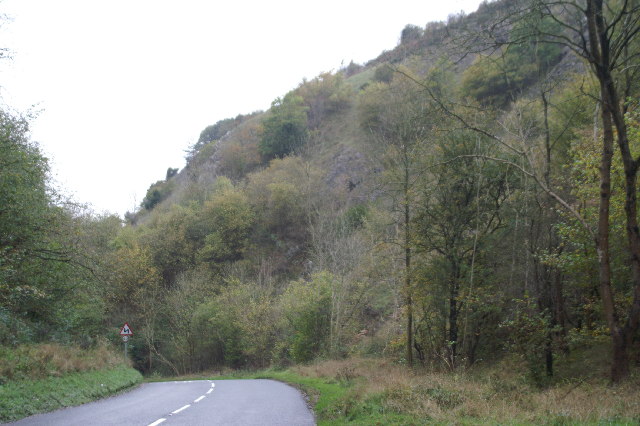|
Burrington Meadow
Burrington may refer to: * Burrington, Devon, England *Burrington, Herefordshire, England *Burrington, Somerset, England **Burrington Combe Burrington Combe is a Carboniferous Limestone gorge near the village of Burrington, on the north side of the Mendip Hills Area of Outstanding Natural Beauty, in North Somerset, England. "Combe" or "coombe" is a word of Celtic origin found i ..., a limestone gorge and valley near Burrington, Somerset * Manchester, Iowa, USA, formerly known as Burrington {{geodis ... [...More Info...] [...Related Items...] OR: [Wikipedia] [Google] [Baidu] |
Burrington, Devon
Burrington is a village and civil parish in North Devon in England. In 2001 the population was 538. The village has a church, a Methodist chapel, a pub and shop-cum-Post Office. Unusually for a Devon village it has excellent bus services between Barnstaple and Exeter. The church, Holy Trinity, is Grade I listed and the pub, the ''Barnstaple Inn'', is Grade II listed. The pub is one of only two buildings within the village that are still thatched. The parish church of Holy Trinity dates from the 16th century, but it is of old foundation and its incumbents are recorded from 1277. It has a notable granite arcade, wagon roof with carved bosses, an early 16th-century rood screen and a Norman font. The tower is in the position of a north transept. The south door is original and has blank Perpendicular tracery; the communion rails are c. 1700. Northcote Manor, dating from at least the 1700s is located within the parish. The parish records include the baptisms of the three children of ... [...More Info...] [...Related Items...] OR: [Wikipedia] [Google] [Baidu] |
Burrington, Herefordshire
Burrington is a small village and civil parish in the far north of Herefordshire, England. It is part of the Leintwardine group of parishes and shares a parish council with Leintwardine and Downton. It is located 6 miles southwest of Ludlow, and features a parish church dedicated to St George. History of church and parish Burrington is a settlement which dates back to the Domesday Book, when the manor was held by Edric the Wild, around whom many legends subsequently grew. The present church dates from 1864, when an earlier structure was rebuilt. It boasts possibly the finest collection of seventeenth and eighteenth century cast iron grave slabs in the country. Little is known about the date of the original church on the site. An unsigned drawing of 1842 shows it to have been a much lower structure than the present building, consisting of nave, chancel and wooden south porch. At the west end was a wooden belfry with a shingled broach spire. All windows, including the thre ... [...More Info...] [...Related Items...] OR: [Wikipedia] [Google] [Baidu] |
Burrington, Somerset
Burrington is a small village and civil parish in Somerset, England. It is situated in the unitary authority of North Somerset, north east of Axbridge and about east of Weston-super-Mare. The parish includes the hamlets of Bourne and Rickford and has a population of 464. History Burrington is believed to mean 'The villa and an enclosure' from the Old English ''bur'', ''end'' and ''tun''. Burrington was part of the hundred of Brent-cum-Wrington. In the 15th century the village was called ''Beryngton'' and was involved in lead mining. It is very close to Burrington Combe where there is evidence of occupation since Neolithic times, the Bronze Age and Roman periods. There is also an Iron Age hillfort known as Burrington Camp. The 19th century Methodist chapel in Rickford is now a masonic lodge. The gauging house over the brook in the village was also built in the late 19th century, and restored in 2013. Governance The parish council has responsibility for local issues, inc ... [...More Info...] [...Related Items...] OR: [Wikipedia] [Google] [Baidu] |
Burrington Combe
Burrington Combe is a Carboniferous Limestone gorge near the village of Burrington, on the north side of the Mendip Hills Area of Outstanding Natural Beauty, in North Somerset, England. "Combe" or "coombe" is a word of Celtic origin found in several forms on all of the British Isles, denoting a steep-sided valley or hollow. Burrington Combe is a gorge through the limestone hills although there is now no river running through it. Various cave entrances are exposed which have been occupied by humans for over 10,000 years, with a hillfort being built beside the combe in the Iron Age. The geology has led to a diversity of plant life. According to legend Augustus Montague Toplady was inspired to write the hymn ''Rock of Ages'' while sheltering under a rock in the combe, although recent scholars have disputed this claim. Geology Water draining from Black Down has exposed rocks from the Devonian sandstones of the Portishead Formation which show through the limestone, Carbon ... [...More Info...] [...Related Items...] OR: [Wikipedia] [Google] [Baidu] |
